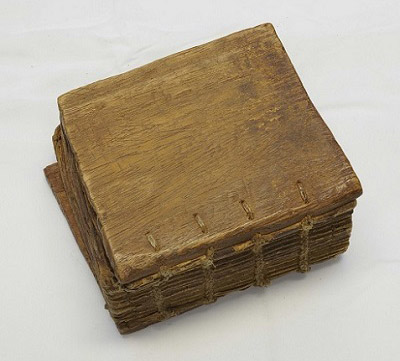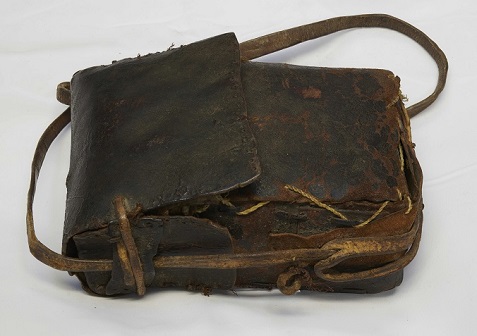Special Collections
The Ethiopian Manuscripts in Keble College
By Jacopo Gnisci, EMKP Curator at the British Museum and researcher at the Faculty of Classics at the University of Oxford
Manuscripts have been continuously made in Ethiopia since late antiquity. They are used for a variety of liturgical, spiritual, and devotional activities and are written in Geʽez (or Classical Ethiopic), a South Semitic language, using an abugida script, in which each character stands for a consonant accompanied by a vowel.

Inside page, Divination Treatise, Ethiopic, late 19th or 20th century, unknown provenance
The two Ethiopic manuscripts in Keble College, one a Psalter, the other a Divination Treatise, are relatively recent and can be dated on palaeographic grounds to a period between the late 19th and 20th centuries.

- Divination Treatise, Ethiopic, late 19th or 20th century, unknown provenance

- Psalter, Ethiopic, late 19th to early 20th centuries, unknown provenance
They are written on parchment and do not contain decorations. One of the two manuscripts still preserves its original case (maḥdar) which could be used for carrying and storing it.

Case of Psalter, Ethiopic, late 19th to early 20th centuries, unknown provenance
Given their small size, it seems likely that two manuscripts were made for personal use.

Jacopo Gnisci examining the Ethiopian Manuscripts at Keble
